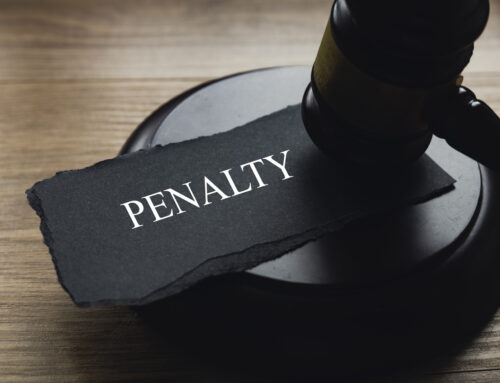Caveats – What is a caveat? Who can lodge a caveat? What you can do? How we can help.
Real property being either a home or an investment usually forms a significant part of a matrimonial property pool and it is not uncommon for real property to be in one party’s sole name.
If the real property is held in the sole name of one of the parties (the registered proprietor) after either a marriage or defacto relationship ends, the party who does not hold a registered interest in the property may be exposed to significant risk. For example, the owner of the property can dispose of the real property (sell it or transfer their interest) or deal with their interest (acquire a loan/mortgage or further loan/mortgage against the property) without the other party’s knowledge or consent.
The way to prevent this from happening is to lodge a caveat or obtain a Court Order.
What is a caveat?
A caveat once registered is a statutory injunction that provides an opportunity to protect the non-registered proprietor’s interest in the real property. The caveat prevents registration of any further interests that may affect the interest recorded in the caveat without consent of the party who lodged the caveat. Therefore while a caveat remains over the property a completion for a contract of sale is prevented without the consent of the party who lodged the caveat.
Who can lodge a caveat?
The person lodging a caveat must have a caveatable interest to do so. Legal advice needs to be sought as to whether such an interest exists. Whether a caveatable interest exist depends on the facts of each case.
What you can do?
A party has two options with respect to protecting their interest in the real property:
1. Lodge a caveat over the property.
In Queensland, a caveat will lapse within three months of the caveat being lodged. For a caveat to continue the party who lodged the caveat (the caveator) must file an Application for property adjustment order before the caveat lapses. If this does not occur the caveat will lapse. Once a caveat is lodged and the registered proprietor serves a notice of the caveator, the caveator is required to establish the interest claimed under the caveat and the caveator will need to file proceedings within 14 days.
A party who lodges a caveat could be liable for any loss suffered by another party if they could establish that the caveat was lodged without reasonable cause.
2. Lodge a caveat by way of consent over the property
The second option in order to protect the non-registered proprietor’s interest is to seek whether the registered proprietor consents to a caveat being lodged by way of a consent caveat over the property. The advantage of this course of action is that the caveat will not lapse and the caveat remains over the property. The property cannot be disposed of or dealt with without the consent of both parties.
In the case of a consent caveat if the registered proprietor wants the caveat removed, the registered proprietor will need to make an Application to the Supreme Court of Queensland seeking that the caveat be removed.
It is prudent to lodge a caveat as soon as possible. A caveat can still be lodged after family law proceedings are commenced.
How we can help
For further advice as to whether a caveat is appropriate in your situation, please contact our office.





